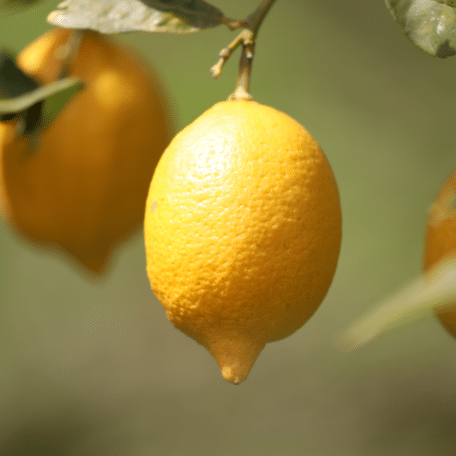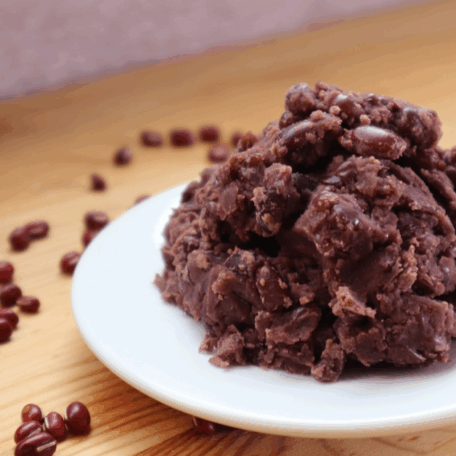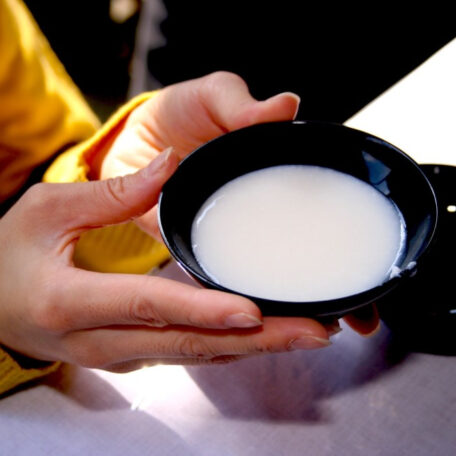Wasabi: health and spice, all in one!
Sep 25, 2022
BY Jose Jacobo Lozano

Although famous around the world for the fact that it almost always accompanies sushi, many people still don’t know about the origins or properties of Wasabi. Since its main presentation is that of a green paste, it is not that easy to imagine that it actually comes from a kind of root. Making matters even more confusing, outside of Japan wasabi is often confused with horseradish, another plant that also comes from the Brassicaceae family. Actual wasabi comes from a perennial plant that can be cultivated both on land and in water. Wasabi plants need an abundance of water and temperatures of 16ºC or lower. So, when cultivated in water, they’re mostly planted in mountains where a river or stream flows, and when cultivated on land they’re grown in humid and cool fields.

Image credits: eluniversal
The way in which wasabi is cut and grated is vital to correctly attain its aroma and spiciness. The leaves and stem of the root should be disposed of, and the small bumps on its sides have to be cut off as well. After that, the wasabi must be grated in a circular motion whilst applying light strength, since this is the best way to rupture its cells and release all its flavor and that unique spiciness that you mainly feel in your nose. The roots will release more and more spiciness as they are continuously grated. Graters are a great tool in this step of the preparation of wasabi.

Photo by Beth Macdonald on Unsplash
Sashimi and sushi are both great foods to eat with wasabi since they’re both great for bringing out its flavor. Although many people like to mix wasabi with soy sauce and then dip the sashimi or sushi in it, to be able to experience all of the wasabi’s true taste we recommend you simply place it on top of the fish, and then dip it in soy sauce. It’s also incredibly enjoyable when eating soba to put it on top of the noodles and then dip them in the broth.

Photo by Beth Macdonald on Unsplash
Wasabi’s fame is not just a thing of the present: it’s recorded to have been used ever since the Asuka period (around 538-710 AD). At first, Wasabi was mainly used for its medicinal properties, appearing in different wooden strips used for writing and even in the oldest medicinal plant encyclopedia that has ever been found in Japan.
From being treasured by the Tokugawa family for the resemblance it held to their family crest, to being used to reduce the smell of rotten fish, wasabi has been used in many diverse ways over the years. Today, although mostly used in food for its taste, it also holds great health benefits. When its roots are grated, wasabi releases a compound that has been proven to have detoxifying and antioxidant properties. It also helps improve blood flow and has anti-inflammatory properties. Studies have proved as well that wasabi can be used to reduce the probability of food poisoning since it has antibacterial properties that help fight e.coli and other bacteria, which could be related to how it was used in the past to reduce the smell of rotten fish. This characteristic is also very helpful for improving gut health, which is why wasabi is the perfect spicy condiment to use when you suffer from stomach-related health issues.

Photo by Crystal Jo on Unsplash
As a whole, wasabi doesn’t just give your food an amazing spicy touch, but it is really useful when trying to treat different health issues. It is also perfect for those who have a sensitive stomach but still wish to enjoy the pleasure of spicy food. We highly recommend you order a good plate of sashimi or soba for yourself during your trip to Japan and experience the true joy of accompanying them with wasabi.
Featured image credits: https://www.tradeindia.com/products/fresh-wasabi-roots-c6937177.html
Join us for a food tour in Shibuya including a standing sushi experience!
PIN THIS FOR LATER
Book your pocket wifi now to stay connected through your entire Japan Journey!

Be sure to get the JR Pass to make navigating Japan during your trip that much easier!

YOU MIGHT ALSO LIKE





